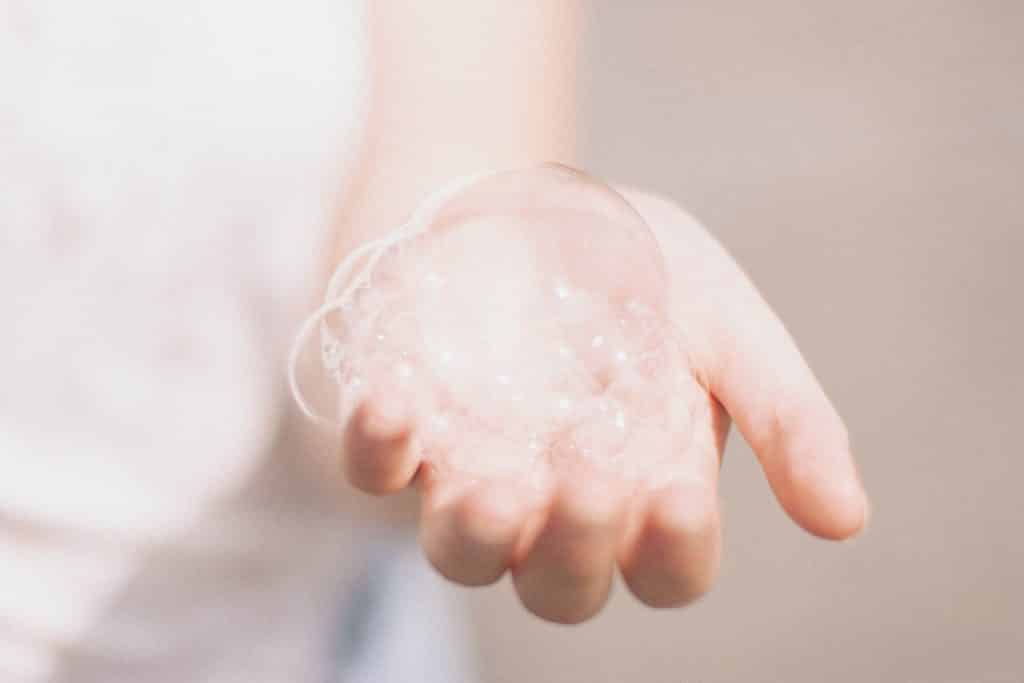Here’s a pop quiz: what do lip balms, shampoos, toothpaste, engine degreasers, and shaving creams have in common?
If you answered “they all have some chemicals in them,” you’re only half-correct. The specific answer is sodium laureth sulfate.
What is Sodium Laureth Sulfate?
Sodium laureth sulfate (SLES) is a chemical surfactant that can be dissolved in water and oil. It is derived from inexpensive raw materials and easily processed into a liquid compound that can be mixed into various products.
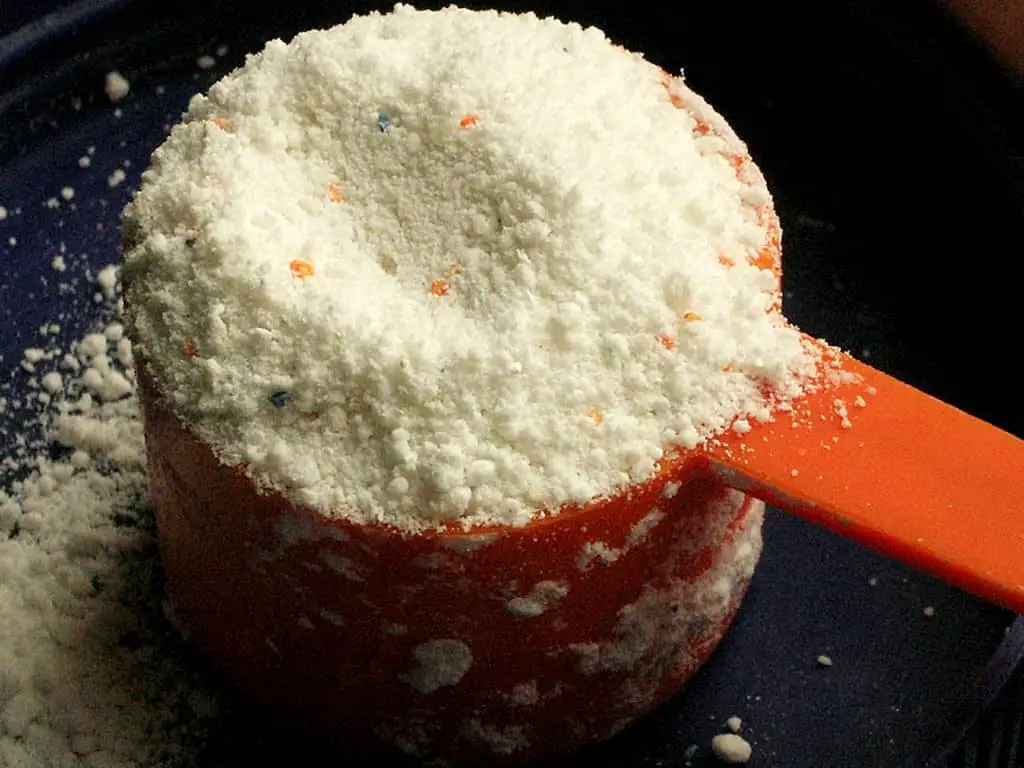
It was initially used as an ingredient for synthetic detergents that are manufactured as cheaper alternatives to old fashioned soaps.
Manufacturers and users discovered that it created thicker foam, produced stronger degreasers, and prevented soap scum. Thus, it became a popular ingredient.
Today, many manufacturers use it in a wider array of products, from cosmetics to cleaning products to food.
Many of the concerns about this compound stem from the fact that it is used in beauty care products, food, and cleaning products. The thought of applying on the skin or ingesting an ingredient that is used to remove food stains from the carpet can be worrisome for some people.
What are the other ingredients or compounds that are related to SLES?
SLES is derived from sodium lauryl sulfate (SLS). SLS can be extracted from petroleum, coconut oil, or palm oil. SLES is created through a process wherein ethylene oxide is mixed into SLS to make the compound safer and gentler. Because of these effects, SLES has replaced SLS in many products.
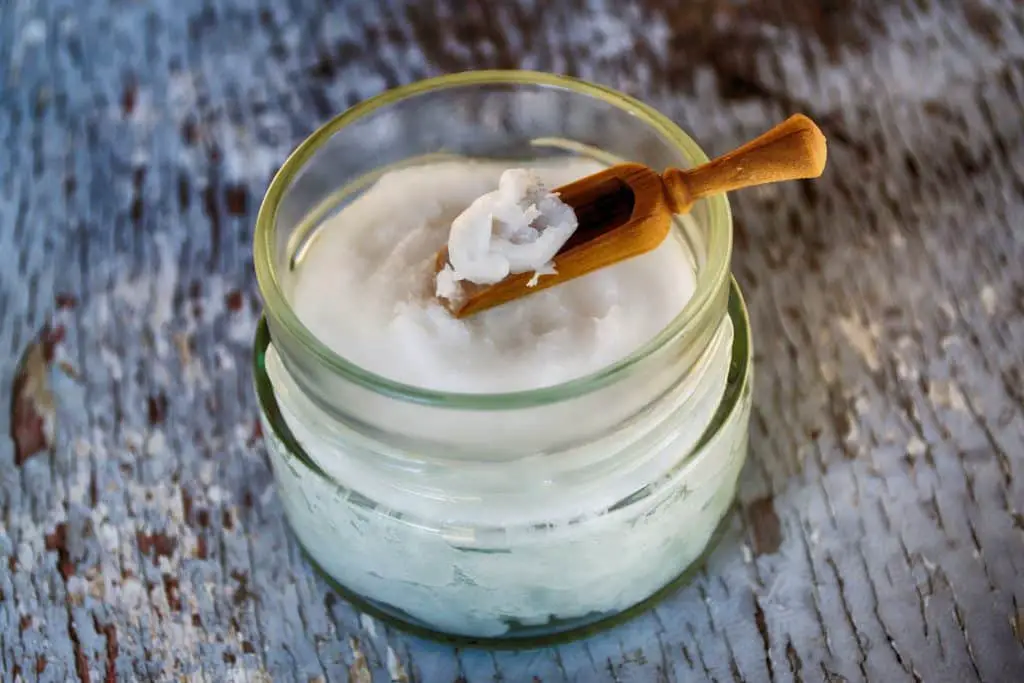
Both SLS and SLES are written on labels as:
- sodium dodecyl sulfate,
- lauryl sodium sulphate,
- lauryl sulphate sodium salt, or,
- sodium n-dodecyl sulphate in some products.
How does SLES work?
SLES is mainly used to prevent the separation of water and oil in a solution/product. It is also an effective foaming or wetting agent, cleanser, and emulsifier.
These qualities allow shampoos and liquid soaps to produce foam and clean surfaces. But it isn’t the foam that actually removes oil-based dirt, it is the SLES molecules that trap dirt and oil-based substances (like excess sebum from the scalp or grease on the ground) and allow it to be rinsed away. The foam can be compared to tiny hands that allow the SLES to do its work.
This is why SLES and SLS are incorporated into many cleaning products which aim to remove oily stains and dirt.
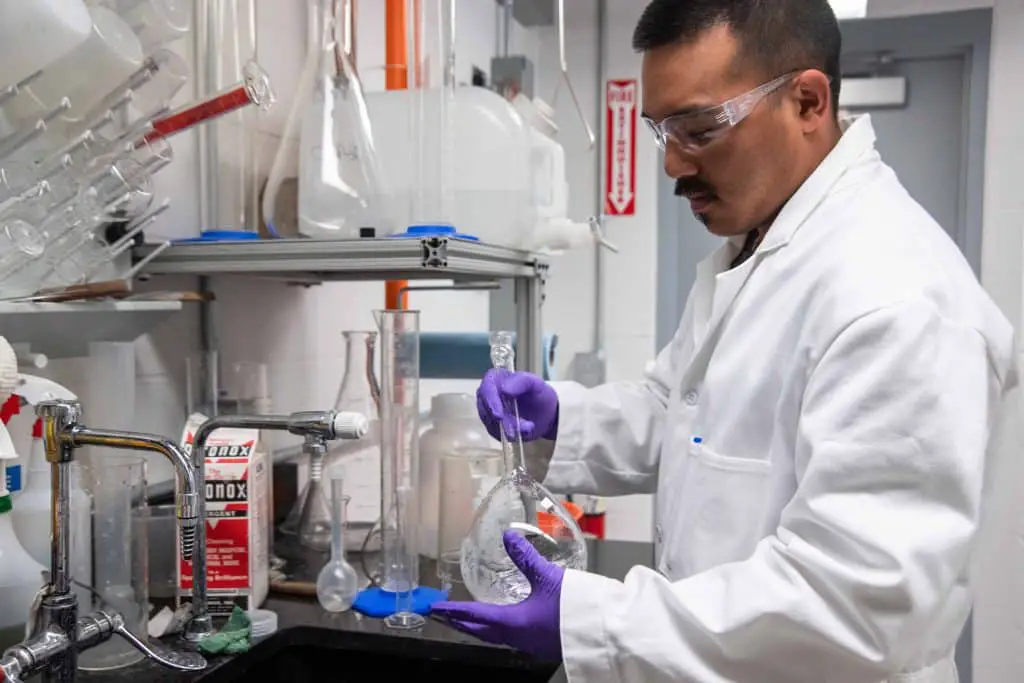
Since these compounds work well with water or oil, manufacturers are able to add water-based or oil-based ingredients to create different types of the same product. For example, water-soluble sea salt (sodium chloride) is added to shampoo to add volume and shine to hair.
Its emulsifying or thickening properties are also useful for certain types of food.
Where do you find SLES?
It is highly likely that you have been buying products with SLES (since this substance can be found in a majority of products), especially if you don’t habitually check the ingredients of these products. Read the labels of your household products and you will most likely read sodium laureth sulfate or its variants in many of them.
Even products that proclaim to be “all-natural”, “eco-friendly”, or “organic” can still contain SLES or SLS since its ingredients are extracted from plant products and other chemicals from nature.
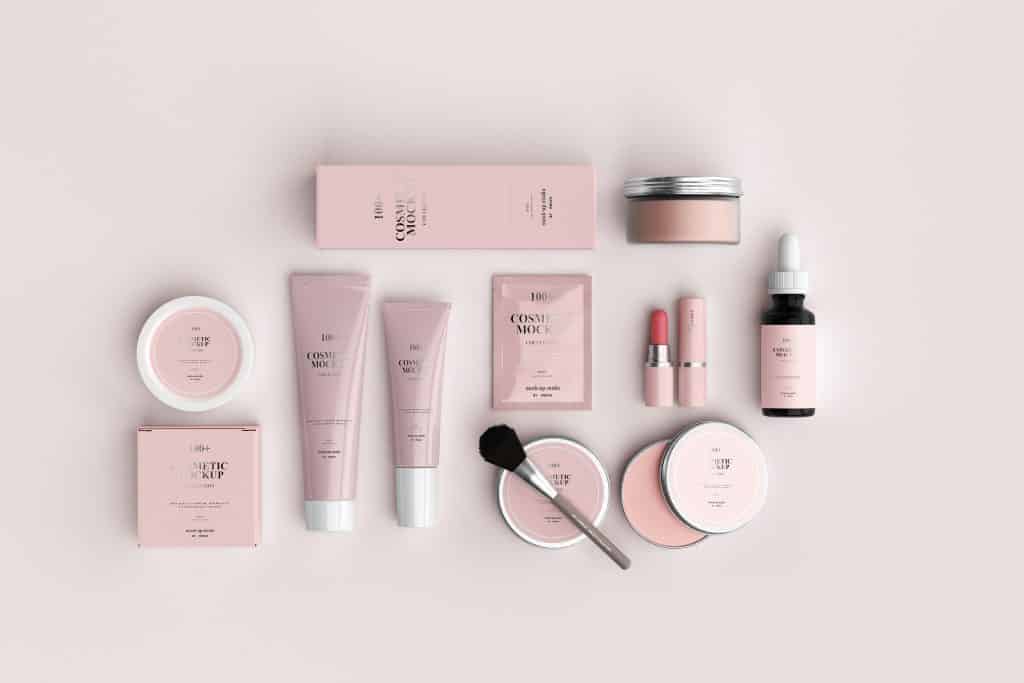
These products include:
- Cosmetic products: facial cleansers, exfoliants, hand sanitizers, hair dyes, lip balms, lotions, makeup foundations, makeup removers, nail polish, shaving cream, styling gels, and sunscreens.
- Cleaning products: all-purpose cleaners, bath salts, body wash, car wash cleaners, engine degreasers, floor cleaners, laundry detergents, liquid hand soaps, dish soaps, mouthwash, shampoos, conditioners, toothpaste, and teeth whitening products.
- Food additives: dry beverages, fruit juices, marshmallows, and ready-made egg mixes.
The concentration of SLS and SLES varies according to the function of a product. Food typically contain minimal concentrations while industrial cleaning products contain high levels of the compound.
Is SLES dangerous?
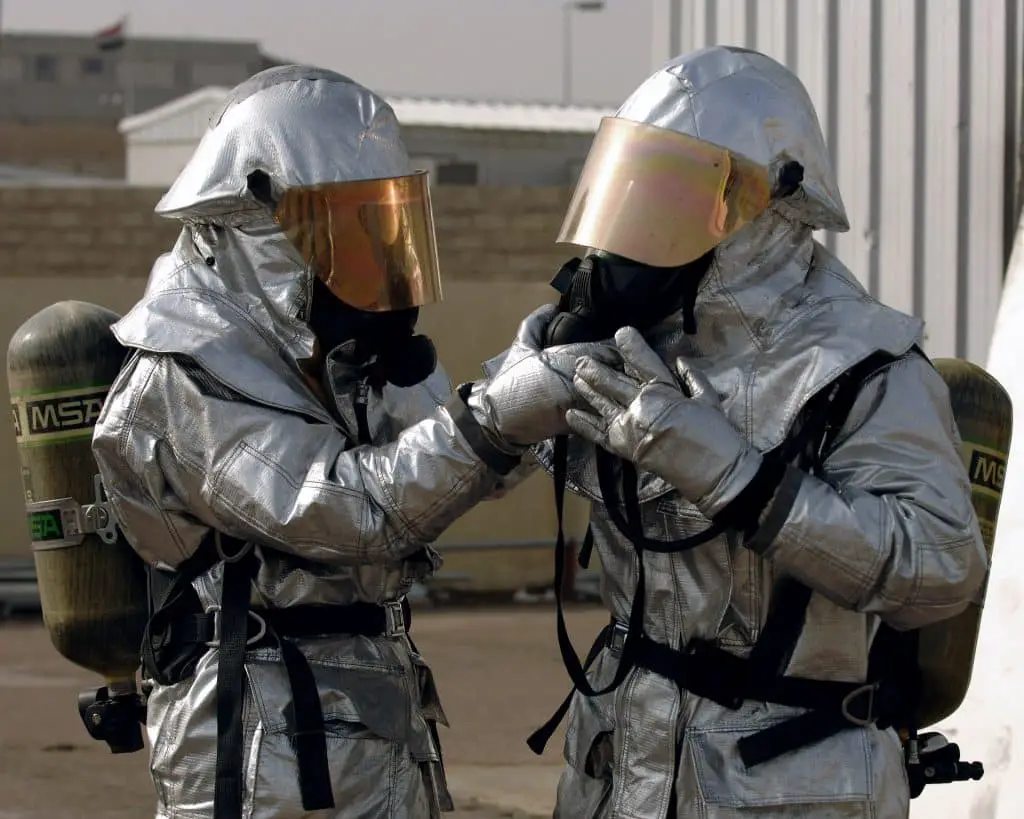
Scientists have been studying the safety of SLES and SLS. There have been reports of possible risks to users and the environment.
- Health hazards
Large-scale groups and organizations like the European Union, Human and Environmental Risk Assessment (HERA), International Agency for the Research of Cancer, US Cosmetic Ingredient Review (CIR) Expert Panel, World Health Organization consider SLES and SLS as safe for incorporation in products. These compounds are also not included in lists of carcinogenic chemicals.
To understand the other concerns about this compound, we must look at how it is processed.
SLS is produced by mixing sulfuric acid and lauric acid (which is extract from coconut or palm oil). Sodium carbonate is added to neutralize the compound. Some reports have proclaimed that the SLS and formaldehyde in products can create nitrosamines (a group of potential carcinogens). However, other scientists have pointed out that both chemicals do not contain nitrogen; nitrosamines are only produced with the presence of nitrogen.
A more plausible explanation for the cancer risk is that SLS and SLES can be contaminated by ethylene oxide and 1,4-dioxane (which are heavily linked to cancer) during the manufacturing process.
In particular, the California Environmental Protection Agency listed ethylene oxide as a potential developmental toxicant that may harm the nervous system or interfere with human development.
Meanwhile, 1,4-dioxane can form as a by product when SLS goes through the ethoxylation process (when it turns into SLES). Some products have been found to contain up to 300 ppm of 1,4-dioxane. A study has shown that this amount can cause irritation in some people.
SLS itself has been proven to cause skin and eye irritation. Although SLES is milder, it can still lead to allergic reactions in some people. Generally, though, it is considered safe for use if it is rinsed off immediately and not used continuously.
Also, one of the reasons that SLS has a bad reputation as a cosmetic additive and shampoo ingredient is that it dries the skin. SLS is found in aqueous cream products, which are recommended by health professionals to treat eczema and other skin conditions like dermatitis or psoriasis. The drying effect worsens skin conditions.
Additionally, since SLES attracts oil, it can strip off the skin’s natural oils leaving behind dry and damaged skin and hair. Some people, though, have different reactions to the compound. Their hair and skin actually become oilier, which forces users to wash more often.
- Environmental hazards
SLES which are contaminated by 1,4-dioxane can turn the compound into a non-biodegradable substance. This means that it will not decompose for a long time, which could impact marine life since all wastewater eventually ends up in the seas.
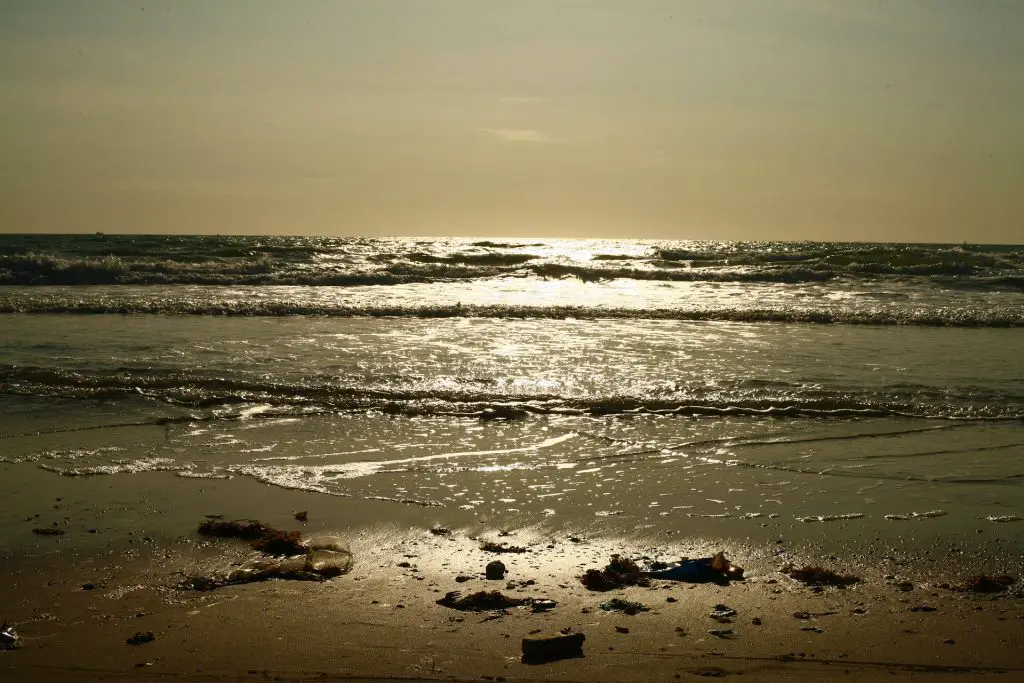
Environmentalists are also concerned with the fact that SLS is derived from palm oil. Reports show that large tracts of rainforest land, as big as 300 soccer fields, are destroyed every hour to make way for palm oil plantations in Asia. This results in environmental and ethical issues like loss of biodiversity and increased CO2 emission when rainforests are cut down and burned to convert them into plantations.
What are the regulations for SLS?
The US Food and Drug Administration (FDA) listed SLS as a safe food additive but with limitations. Concentrations must not exceed 1,000 parts per million when used with egg white solids. SLS should also be declared or included in the list of ingredients
Canada prohibits ethylene oxide and 1,4-dioxane as ingredients for cosmetics and other consumer products. However, there is no regulation for the removal of these substances from contaminated products. The US FDA highly encourages companies to remove the substance but does not require this process. There is no way for consumers to check if this substance is present in everything they buy.
SLS alternatives
Due to several negative claims against SLES and SLS, some manufacturers recommend ammonium laureth sulphate (which closely resembles SLES) as an alternative surfactant. It has bigger molecules so it will not easily penetrate or irritate normal skin. It may still dry or irritate sensitive skin, though.
Sodium Coco Sulfate (SDS) is also becoming a popular alternative among soap manufacturers (even though SDS uses the same process as SLS). Both start with the fatty acid from coconut oil and its reaction to sulfuric acid to create a sulfate. However, as stated earlier, SLS uses the lauric acid extracted from coconut oil while SDS uses the whole coconut oil, which makes SDS less irritating than SDS.
Other alternative surfactants are:
- decyl glucoside,
- disodium/sodium cocoyl glutamate,
- lauryl glucoside,
- sodium cocoyl glycinate, or,
- sodium lauryl sulfoacetate,
These compounds are considered milder because these will not strip the moisture from the skin but can still deliver the same clean results.
Organizations that promote natural products recommend soap and shampoo bars rather than liquid formulations because the former usually do not contain SLES or SLS. Although these products do not produce as many bubbles as liquid soaps or shampoos, they still do a great job of cleaning the skin or the scalp.
If you prefer healthier cleaning products, vinegar or lemon juice are recommended instead of commercial cleaners.
Key takeaways

The amount of SLS in cosmetics, household products, and food is limited by law. Studies have shown that its negative effects on health and the environment are indirect and can be isolated.
Fortunately, natural, SLS-free products are available for those who are worried about SLS. It is true that everyone is exposed to chemicals daily, thus it is up to you whether to consider a safe and natural alternative. Just make sure to read the labels before purchasing any product.

